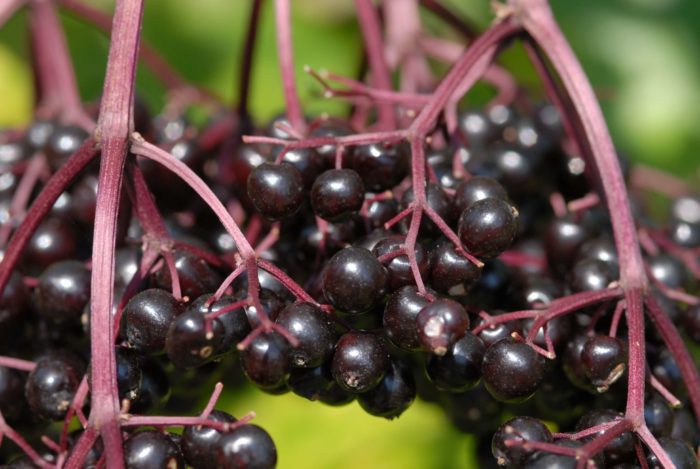Fruit cultivation is more popular than ever in North America and Europe. Borders planted with fruits and urban orchards are now part of the landscape of many cities around the world.
Some people are reluctant to introduce fruit trees into their gardens; they are known to require a lot of care and phytosanitary treatments to grow edible fruits.
However, there are several ways to reduce the workload required to maintain an orchard. First of all, it is possible to choose fruit species that are not demanding, such as serviceberry, sea buckthorn, SK dwarf cherry, or Asian pear. Also, there are less known varieties of apples, cherries, plums, and pears that are more resistant to insect pests and diseases. Examples include apple cultivars ‘Liberty’, ‘Macfree’, and ‘Redfree’ that are resistant to scab and fire blight.

A mature semi-dwarf apple tree.
On the other hand, planning and maintaining your orchard with permaculture principles and organic farming techniques will reduce cultural problems and interventions needed. This means using low environmental impact pesticides and natural fertilizers such as compost. It is also best to plant your orchard with a wide diversity of fruit species. Incorporate flowering plants that attract pollinators and beneficial insects, avoid regularly mowing the grass at the base of trees, and reduce pruning.

Arctic Kiwi
Most fruit trees are grafted, so choose rootstocks well adapted to your climate that lead to the formation of small trees easier to maintain and that require less pruning. The use of dwarf (Bud.9, M.9 or M.26, for example) and semi-dwarf (M.7 or MM.106) rootstocks or of columnar cultivars can avoid many problems in urban settings.
It is essential to reflect and review our requirements regarding the aesthetic appearance of fruits. Obtaining perfect fruit requires the extensive use of fertilizers and pesticides. Furthermore, our desire to eat fruit without blemishes is a source of extraordinary waste. The FAO estimates that 45% of all fruits and vegetables produced on Earth are lost or discarded before being eaten, partly because of waste for aesthetic reasons. Every year, about 3.7 trillion (3,700 billion!) apples are left in the orchards or thrown in the garbage on this planet! Fortunately, the Ugly Produce Movement is gaining popularity.
Choosing the right fruit tree
Apple has a strong power of seduction on humans, and many people dream of having an apple tree in their garden. However, some home gardeners are somewhat disappointed when they realize all the maintenance that is needed to get an abundant and high-quality apple harvest.
Rather than planting a demanding fruit tree such as an apple tree or a plum tree in your garden, you can opt instead for hardy small fruit trees – producing little shade – that require low maintenance, such as ‘Martin’ serviceberry or ‘Romeo’ and ‘Juliet’ cherry trees. If your space is limited, plant a climbing fruit species. Arctic kiwifruit, for example, has beautiful variegated foliage and produces an abundance of edible sweet green fruits rich in vitamin C!
On the other hand, several fruit shrubs species are very easy to grow. Highbush blueberries and raspberries are undoubtedly the most popular. Furthermore, many recently introduced cultivars, including Raspberry Shortcake™ Raspberries and Jelly Bean™ Blueberries are small in size and ideal for urban gardens or container crops. Native fruit shrubs such as chokeberry, haskap berry, and elderberry are popular with younger generations of urban farmers and gardeners.
No matter what type of fruit tree or fruit bush you grow, be sure to plant it in full sun, in rich, loose, well-drained soil. An annual supply of compost is necessary along with a spring fertilizer; a granular slow-release natural fertilizer rich in potassium (formulation 4-4-8 or equivalent) is ideal. This will ensure that the majority of fruit trees and shrubs have good production.



